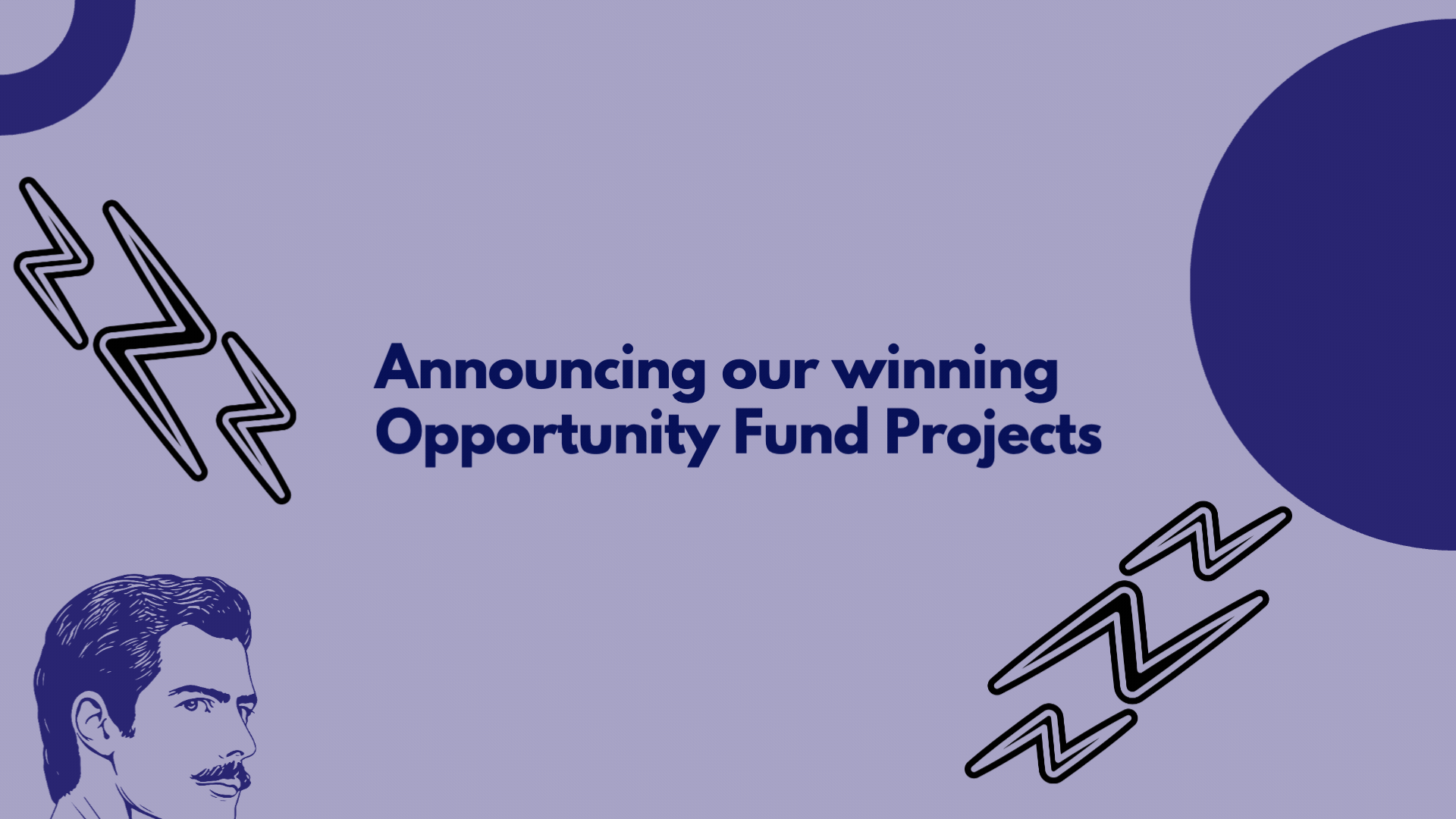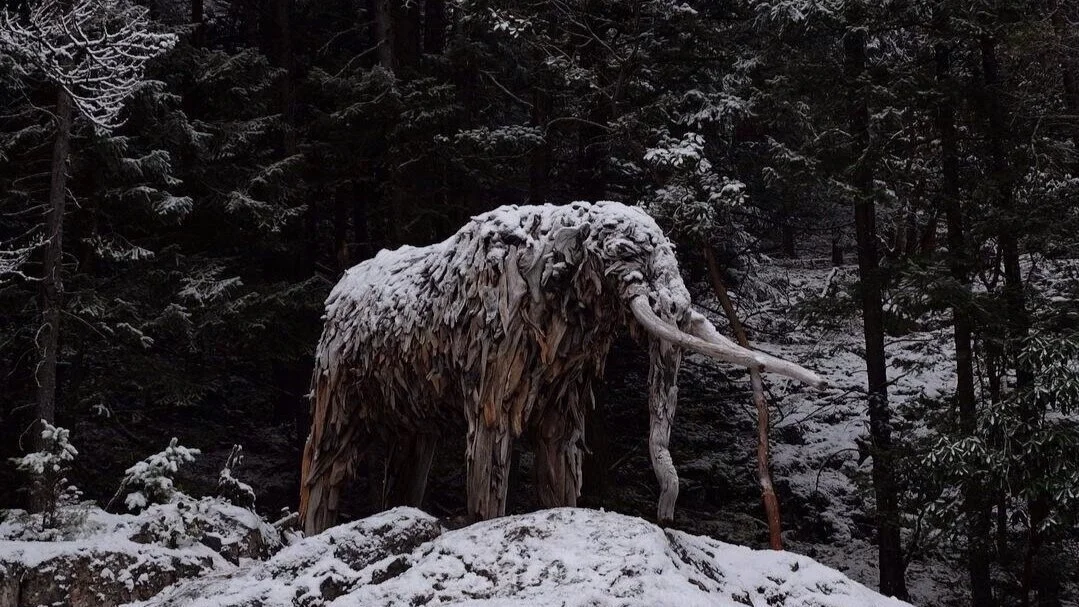Announcing the winners of AuScope’s 2024 Opportunity Fund. This initiative funds research projects to boost earth science infrastructure capacity and access.
Read MoreWhat exactly froze the planet nearly solid and how it remained that way for 56 million years has finally been unraveled, all thanks to the groundbreaking research conducted by AuScope's NCRIS-enabled EarthByte Group
Read MoreNCRIS enabled research has helped redefine the history of Argyl’s renowned diamonds, shedding light on their deep-time origins with implications for future discoveries.
Read MoreDiamonds on your mind? Two recent AuScope enabled Nature papers explore the drivers behind the explosive origins of diamonds.
Read MoreScientists, enabled by NCRIS infrastructure, have uncovered a 36-million-year geological cycle driving biodiversity, promising a deeper understanding of Earth's history and its impact on life.
Read MoreThe 2023 Australian Earth Sciences Convention (AESC) held on Noongar Whadjuk boodja (country), will feature new geoscience insights from the Australian lithosphere to Earth's evolution and resources. Join us for NCRIS talks, workshops, presentations, and a shared booth with ANZIC.
Read MoreWe are excited to celebrate AuScope’s Simulation, Analysis & Modelling (SAM) Lead, Professor Louis Moresi, alongside 19 other science leaders as Australian Academy of Science (AAS) 2023 Fellows.
Read MoreGNS scientists have produced brand new maps of the continent of Te Riu-a-Māui / Zealandia using Gplates that show its development over millions of years.
Read MoreDr Maria Seton (EarthByte) and collaborators have outlined their tips for navigating plate reconstructions in Nature Reviews Earth & Environment.
Read MoreDr Sima Mousavi and colleagues have used AuSIS data to reveal the ‘blind fault’ that led to Melbourne's 2021 earthquake.
Read MoreModelling Earth’s past and future climate: practices and possibilities. Join the conversation as researchers who use powerful tools to simulate climate discuss practices and possibilities.
Read MoreWe have learned a lot about gravity on Earth since its discovery in the 17th century. Now, thanks to new NCRIS enabled research and a good dose of mathematical wizardry, geoscientists can look forward to modelling gravity data with far greater efficiency.
Read MoreFor a long time, scientists have understood Earth’s atmospheric temperatures to be primarily regulated by cycling carbon between continents, oceans, and the atmosphere. However, new NCRIS enabled research using GPlates software shows that, over the span of millions of years, there is a surprise key player in Earth’s global ‘thermostat’.
Read MoreDr Sara Polanco has been tracking rivers since she was a teenager in Colombia. Her work helps us prepare for the future environmental change of rivers and efficiently manage the water resources for the future. We are excited to profile Sara and her passion for rivers, old and new!
Read MoreIf you go down beneath the surface, under the rugged exterior, and into the inner workings of volcanoes things get interesting. In a recent study, researchers from Australia and France have combined NCRIS enabled esys-eScript modelling software with inversion code in a new approach to capture first rumbles earlier, deeper, and in greater detail than ever before.
Read MoreBefore the pandemic crept in, we hoped to bring you this story of Slovenia based biologists using NCRIS enabled GPlates software to help explain how golden orbweaver spiders migrated around the world over the last 130 million years. But it’s an intricate web we weave, you see, and only now can we wrap this up for you.
Read MoreThe landscape of eastern Australia is dotted with hundreds of extinct volcanoes. They gave rise to an environment to which Aboriginal people have been connected for tens of thousands of years, and the rich soils upon which modern Australia has grown in the last few hundred years. Yet until recently, these volcanoes posed a geological mystery.
Read MoreThe Monash Earth Sciences Garden is a fantastic educational resource for students interested in geology, physical geography and atmospheric science. Now, with the combined power of advanced remote sensing, computation, and a humble smartphone, we can now all explore and analyse rocks in the garden from the comfort of our living rooms.
Read MoreTo celebrate National Science Week, we connect creatives at TERRAIN and Girl On Road with leading geoscience researchers Prof Dietmar Müller, Dr Maria Seton and Dr Adriana Dutkiewicz from The University of Sydney to discuss our human connection with earth systems, and GPlates’ new residence in the Directory.
Read MoreHow can we geoscientists share what we do with the public — and what are we looking for in return? It’s an urgent question in these uncertain times, and one that AuScope representative, Rohan Byrne found on the minds of many delegates at the Australian Science Communicators 2020 conference.
Read More




















